Even Nonprofits Get the Blues
 Times are tough. It’s easy to get demoralized. Especially if you work for a business, nonprofit or otherwise, that doesn’t feel ‘essential’ in today’s environment.
Times are tough. It’s easy to get demoralized. Especially if you work for a business, nonprofit or otherwise, that doesn’t feel ‘essential’ in today’s environment.
It’s human to feel depressed.
A survey conducted in June by the Kaiser Family Foundation found more than 30% of adults in the United States were reporting symptoms consistent with anxiety or depression since the coronavirus pandemic began.
Even our former First Lady revealed in a recent podcast:
“There have been periods throughout this quarantine where I just have felt too low… I have to say, that waking up to the news, waking up to how this administration has or has not responded, waking up to yet another story of a Black man or a Black person somehow being dehumanized or hurt or killed, or falsely accused of something, it is exhausting. It has led to a weight that I haven’t felt in my life — in, in a while.”
I know it’s difficult to see the light at the end of the tunnel sometimes. And waiting for time to pass sucks.
Yet my Mom always said, “This too shall pass.”
I found it comforting.
It was like she was sharing some universal truth by telling me time-specific depression need not turn to despair.
There’s another path.
Mrs. Obama said she had benefited from keeping a routine, including exercise, getting fresh air and having a regular dinner time. I’ve found these things useful as well. Most important, I’m learning to focus more on what I can control than what I can’t. Plus I’m learning to accept there are some things I can’t do. Some things I can’t fix. Not now.
Sometimes we have to wait.
Meanwhile, there are things to do to make the waiting bearable.


 I’ve been writing since this pandemic began about the importance of staying connected to donors right now.
I’ve been writing since this pandemic began about the importance of staying connected to donors right now.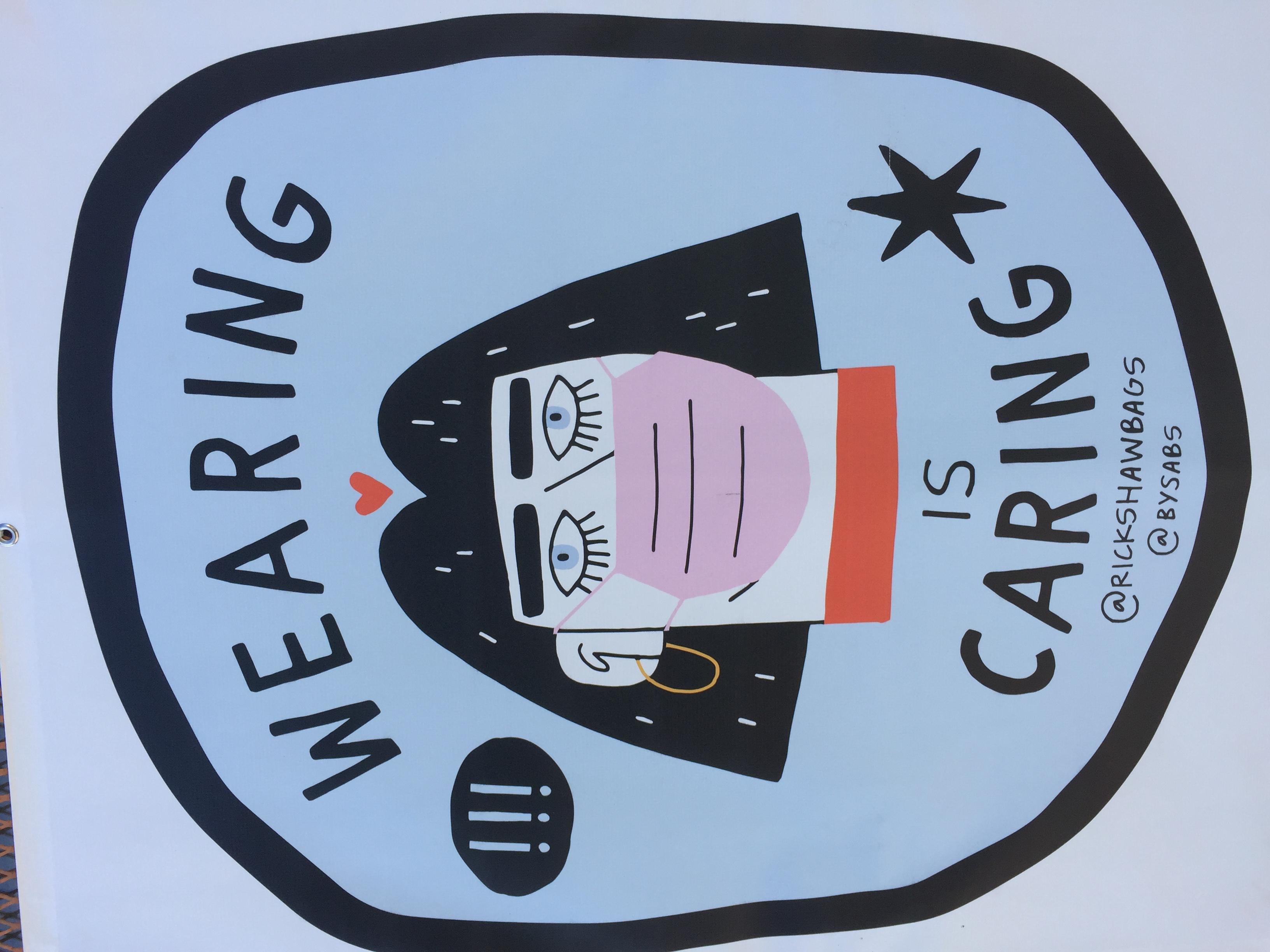
 During a crisis is no time to be passive. Build a list of audiences, prioritize contacts among those lists, and develop a step-by-step written PLAN to reach out. With updates, engagement opportunities, little gifts of content folks can use, and opportunities to contribute and make a demonstrable difference.
During a crisis is no time to be passive. Build a list of audiences, prioritize contacts among those lists, and develop a step-by-step written PLAN to reach out. With updates, engagement opportunities, little gifts of content folks can use, and opportunities to contribute and make a demonstrable difference.
 These days you’re likely communicating with constituents digitally more than ever before.
These days you’re likely communicating with constituents digitally more than ever before.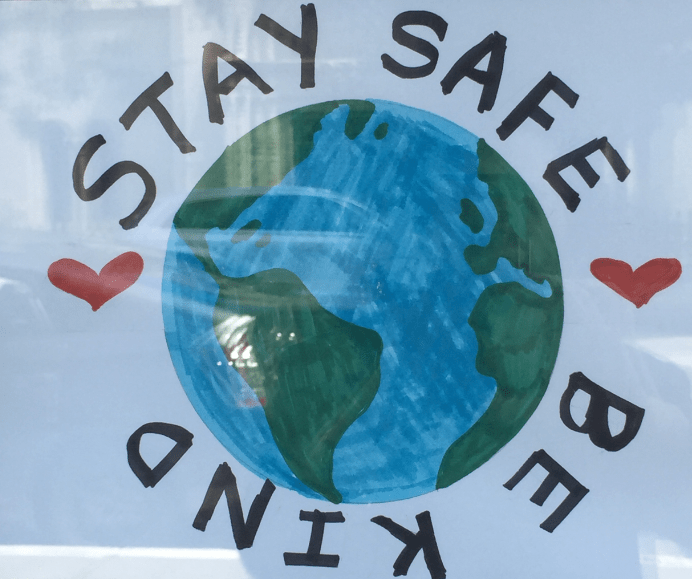
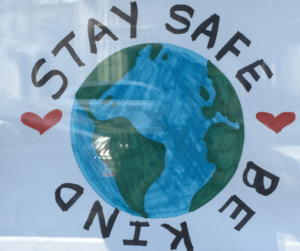 Resist the temptation to throw your hands up in the air because you’re hearing people are giving less now. While it may be true(ish), it doesn’t apply to everyone. And it doesn’t need to apply to your nonprofit.
Resist the temptation to throw your hands up in the air because you’re hearing people are giving less now. While it may be true(ish), it doesn’t apply to everyone. And it doesn’t need to apply to your nonprofit.
 Could you be getting it all wrong when it comes to the what, who, where, why, how and when of your nonprofit’s communications and fundraising as this pandemic plays out?
Could you be getting it all wrong when it comes to the what, who, where, why, how and when of your nonprofit’s communications and fundraising as this pandemic plays out?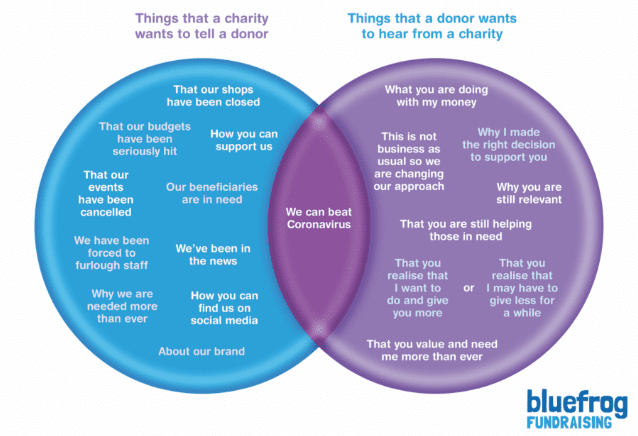 I’m going to explain what your nonprofit should do to show donors you do, in fact, understand where they’re coming from.
I’m going to explain what your nonprofit should do to show donors you do, in fact, understand where they’re coming from.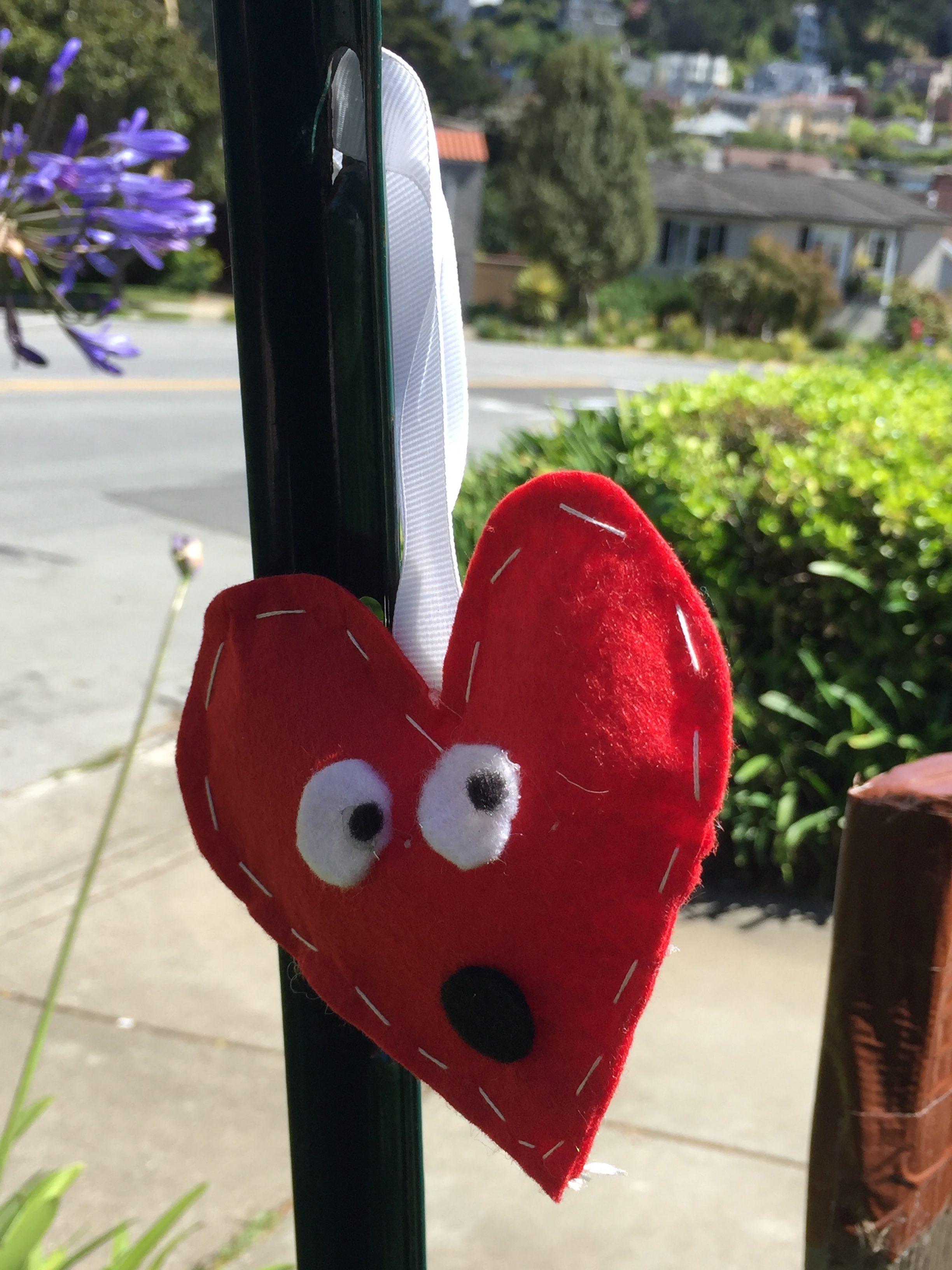

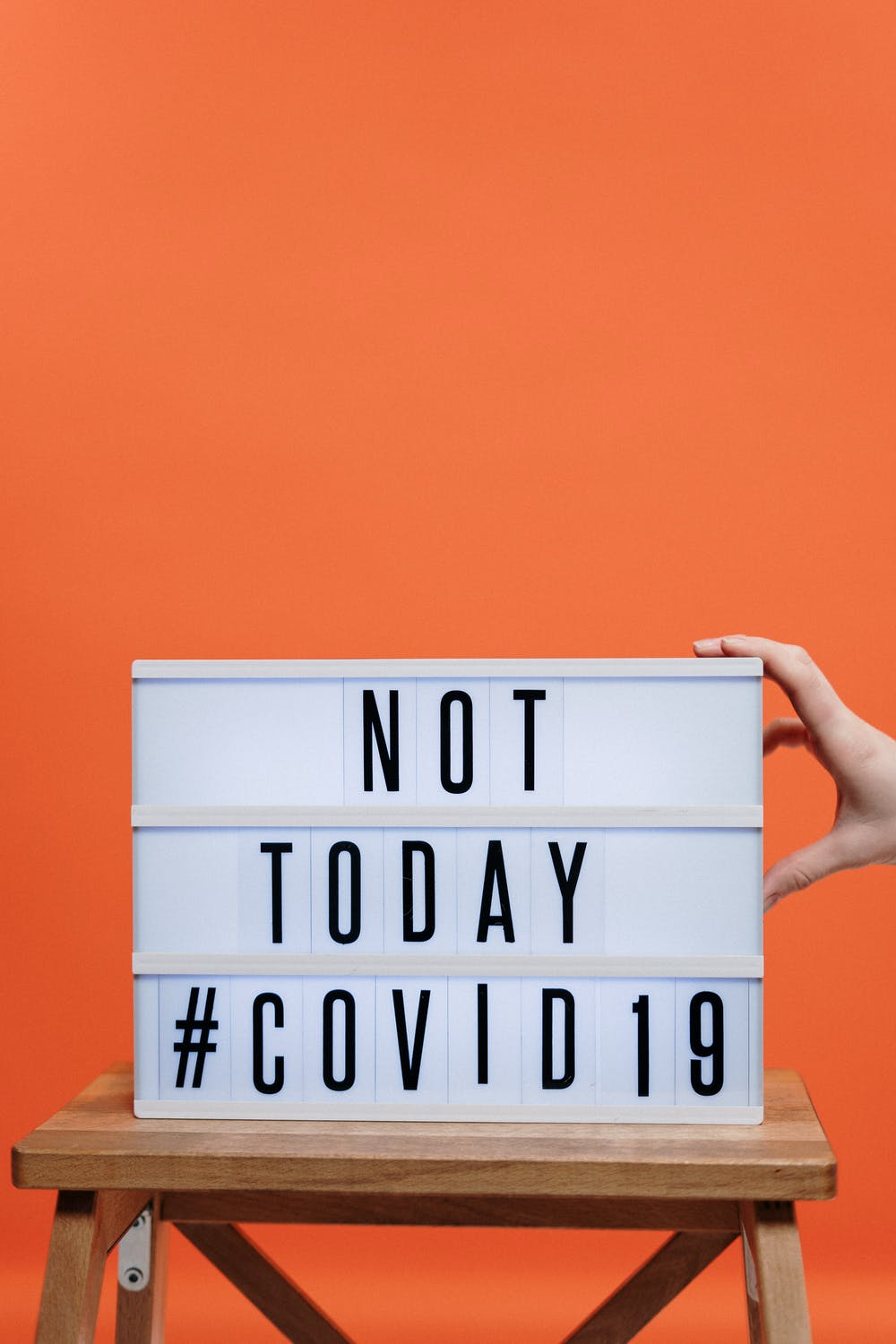
 Last week I shared a number of real-life examples from innovative nonprofits taking creative steps to connect meaningfully to their supporters during these trying times. While staying connected, some organizations are succeeding in stepping up both their marketing and fundraising communications to the next level.
Last week I shared a number of real-life examples from innovative nonprofits taking creative steps to connect meaningfully to their supporters during these trying times. While staying connected, some organizations are succeeding in stepping up both their marketing and fundraising communications to the next level.